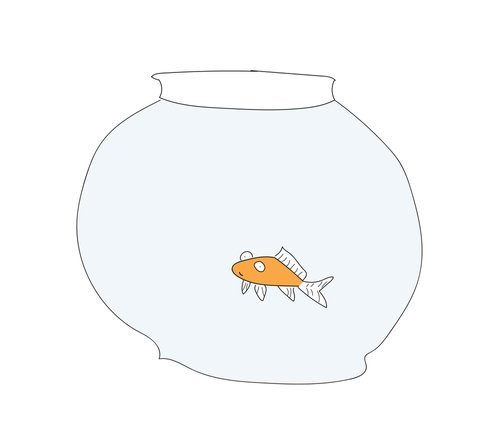Learning from a changing world.
The past two months have brought dizzying changes to many aspects of the world, disrupting much that we may have once believed were largely settled, stable. We have seen changes come to “the post-war global order,” where the US is a core part of NATO, closely aligned in its interests with Europe, forming a unified bloc that pushed back on Russian expansionism. This unity is now in doubt as the US appears—in the rhetoric of President Trump at least, and in that of some members of his administration—to have changed how it thinks about both Russia and about its commitments to long-held European allies. Moving domestically, assumptions about the solidity of federal employment have been upended, as have the country’s investments in, among other areas, global aid, a belief in scientific research as a national asset, and, potentially, an understanding of a social safety net that reflects a shared social compact.
These few sentences do not fully capture the scope of the changes we are seeing or the likely consequences of these shifts in the “order of things.” I have written before that we should aspire to give space for alternative visions of what the country, and the world, might look like even as we have a responsibility to call out the cruelty of intemperate action. But today, I wanted to reflect on the fundamental shift in the global and domestic order, and, centrally, what it means that we are going through such a moment, and how we might respond to it.
Read more here
